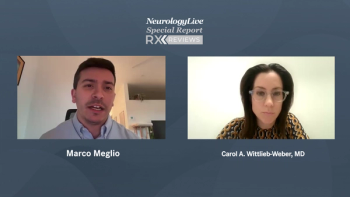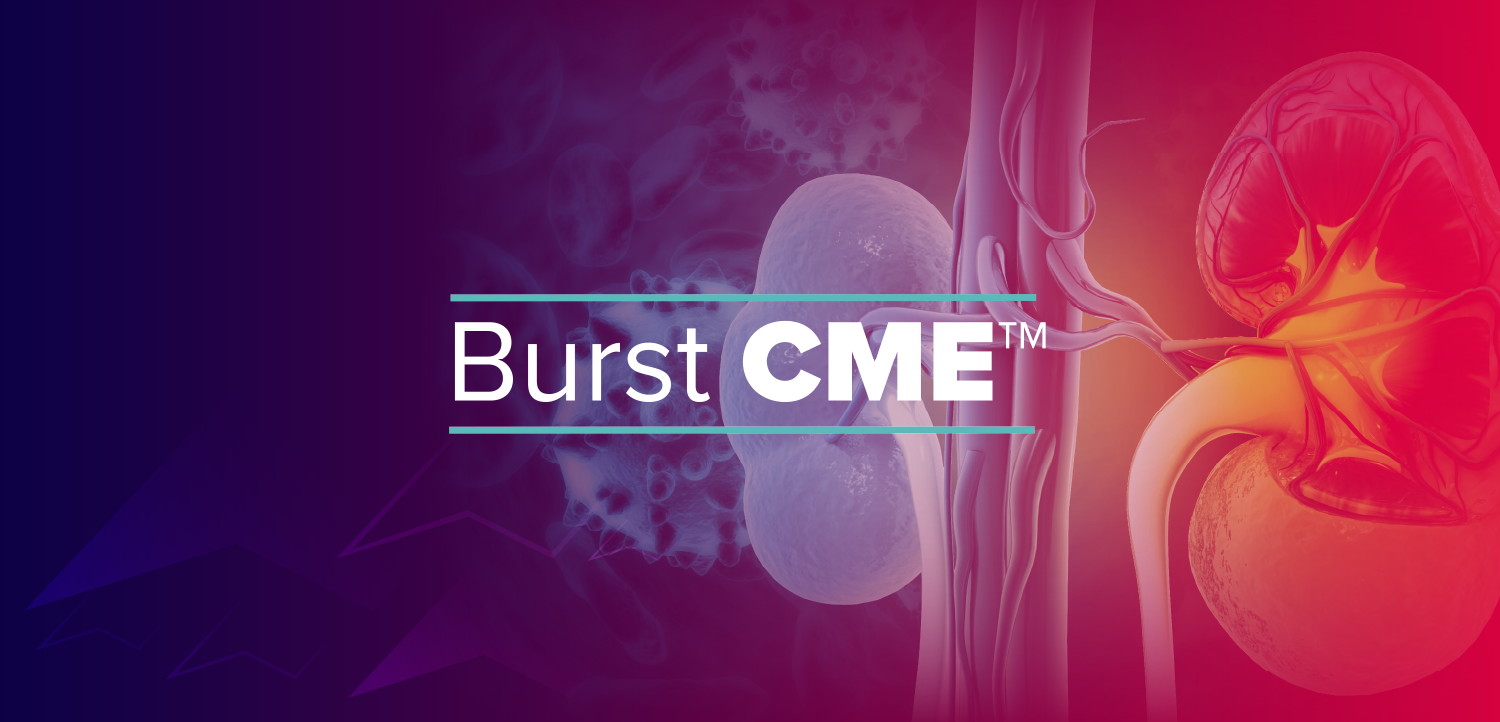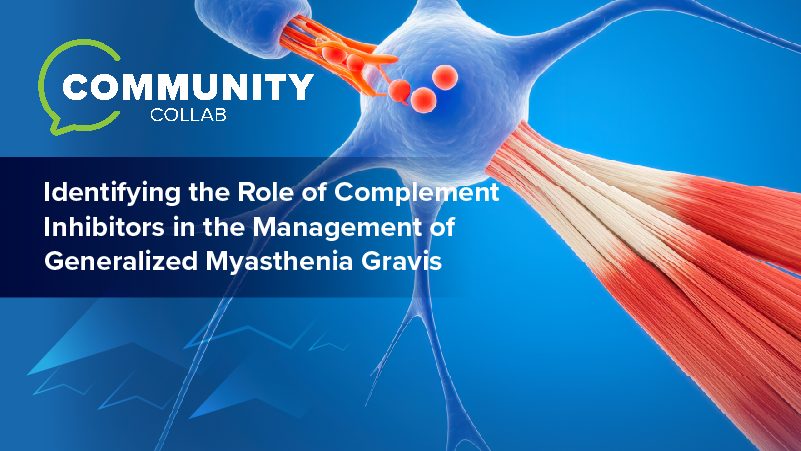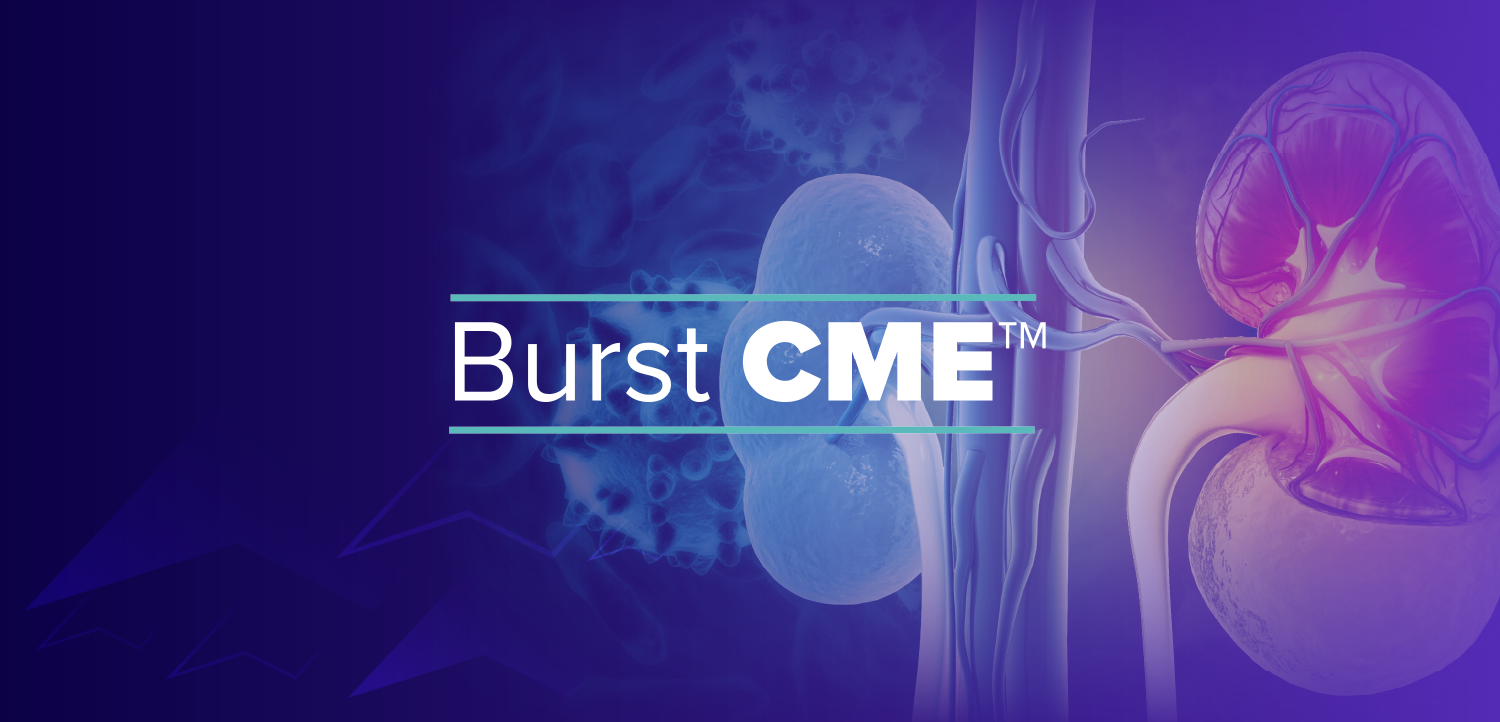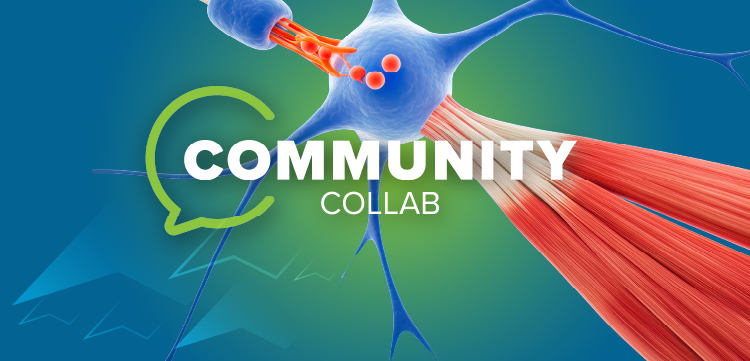
Survey Highlights Gaps in SMA Carrier Screening and Counseling Among OB/GYNs in Midwest Region
Key Takeaways
- Most Ohio OB/GYNs offer SMA carrier screening, influenced by ACOG's 2017 recommendation, but not by FDA-approved treatments.
- Providers with more experience showed greater comfort in counseling, while those with genetic counselors offered more comprehensive patient support.
Although their knowledge, experience, and access to genetic counselors varied, most licensed OB/GYNs across Ohio reported routinely offering carrier screening for spinal muscular atrophy.
A new survey of obstetrician-gynecologists (OB/GYNs) from Ohio, presented at the
Researchers included a total of 80 responses representing 17 counties from Ohio in the analysis. Findings showed that most respondents practiced in OB/GYN offices (74%) and nonacademic centers (57.7%). Most respondents reported not having a genetic counselor in their practice (86%) but indicated access to 1 in their broader health system (88%). Overall, the median number of upper-level providers per practice was 7, the median participant age was 47 years, and the median year providers began practicing was 2005.
In this study, researchers aimed to further understand current carrier screening practices and actions taken following a positive carrier screen for SMA. Conducted by lead author Lydia Bentley, MA, MS, CGC, brochure writer at Chromosome Disorder Outreach, and colleagues, a 32-question survey was distributed to approximately 1800 licensed OB/GYNs in Ohio and included multiple-choice, multiple-select, and short-answer items assessing provider demographics, as well as comfort, knowledge, and experience with SMA carrier screening.
Investigators reported that most respondents (91%) offered carrier screening for SMA to all patients, with the most commonly ordered tests being the American College of Obstetricians and Gynecologists (ACOG) recommended panel (65%) and large or expanded panels (30%). A majority of the respondents (79%) indicated that ACOG’s 2017 recommendation to offer SMA carrier screening prompted them to begin offering screening. Notably, the approval of SMA treatments by the FDA did not alter screening frequency for most providers (82%), and insurance coverage was cited as a frequent barrier to completing carrier screening.
Additional results from the survey revealed that providers with more years in clinical practice were less likely to offer screening to all patients (P = .02) and more likely to order smaller panels (P = .028). Authors noted that the presence of a genetic counselor in the practice was associated with a higher percentage of patients being offered carrier screening (P = .026). Additionally, providers with more years of clinical experience reported greater comfort counseling patients on both positive and negative carrier screening results (P <.001).
All told, provider experience SMA was categorized as high (having seen a couple who were both carriers or who had a child with SMA), medium (having seen a couple in which 1 individual was a carrier), or low (having learned about SMA in medical school or having no clinical experience). Compared with high-experience providers, those with low experience reported lower comfort counseling on both positive and negative carrier screening results (P = .024) and were less aware of SMA newborn screening (P = .005) and treatment options (P = .015). Providers with medium experience, compared with high-experience providers, discussed fewer topics during carrier screening result disclosure (P = .016) and were more likely to report low confidence in counseling on SMA (P = .027).
If a single carrier was identified in a couple, most providers reported offering carrier screening to the partner (84%), referring the patient to a genetic counselor or genetics specialist (78%), and discussing results with the family (73%). Results also showed that providers with access to a genetic counselor were more likely to report being comfortable counseling on disease-specific topics, including referral to a neuromuscular clinic, discussing newborn screening, and reviewing treatment options (P = .025). Moreover, providers were more likely to offer prenatal diagnostic testing if they were knowledgeable about SMA inclusion in newborn screening (P = .004) or available SMA treatment options (P = .006).
Only 61% of providers were aware that SMA is included in Ohio’s newborn screening program, and those who knew were more likely to be aware of available treatment options (P <.001). The respondents who had knowledge of treatment options were also more likely to take disease-specific follow-up actions, including referral to a neuromuscular clinic and discussion of newborn screening and treatment, when both individuals in a couple were carriers for SMA (P = .012), and they discussed a greater number of topics during post test counseling in such cases (P = .046).
Based on the results from this survey, authors suggested that potentially incorporating a prenatal consultation with a neuromuscular provider for couples identified as carriers of SMA could enable comprehensive counseling on SMA-related topics and coordination of postnatal confirmatory genetic testing on day 1 of life. Researchers also noted that these measures may help to reduce the time to diagnosis and support earlier initiation of treatment.
REFERENCE
1. Bentley L, Meyer A, Brown J. Carrier Screening Practices for Spinal Muscular Atrophy by OB/GYNs in Ohio. Presented at: 2025 NSGC Annual Conference; November 6-10; Seattle, Washington.
Newsletter
Keep your finger on the pulse of neurology—subscribe to NeurologyLive for expert interviews, new data, and breakthrough treatment updates.


